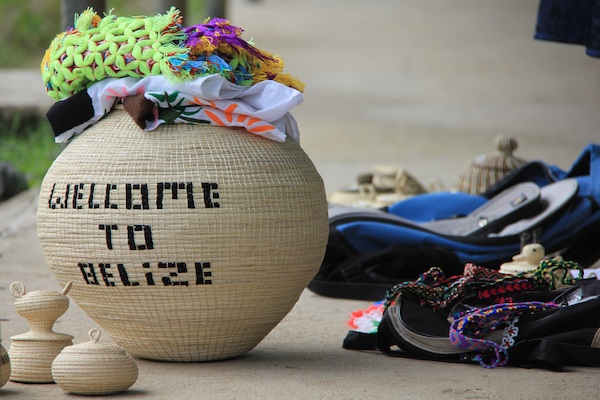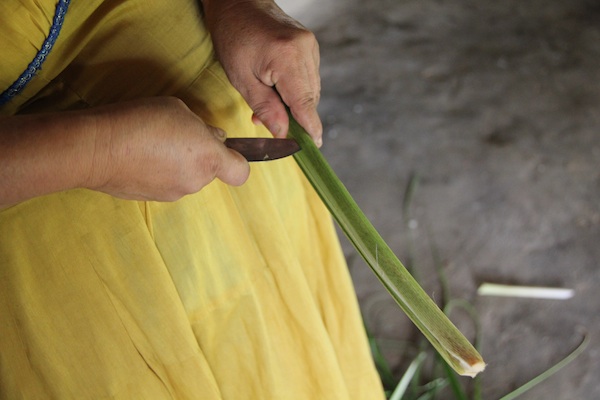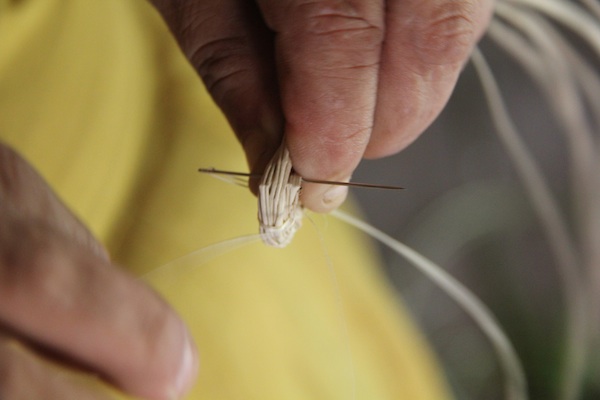[Editor’s Note: Norbert Figueroa is the third writer-in-residence to participate in the Road Warrior program, a partnership between MatadorU and the Belize Tourism Board. Norbert is spending the fall exploring Belize’s architecture and Mayan culture in anticipation of Maya 2012. Each week, he reports on his experiences for Matador, his personal blog, and for other outlets.]
“I’LL TEACH YOU HOW TO MAKE BASKET”, says Maria Ack as I enter her small wooden home in the Maya village of San Miguel, located in the Toledo District of Belize.
Maria is one of the many women who practices the art of basket weaving to conserve that important cultural aspect and to make a living by selling them to locals and visitor alike.
“Sit here”, she says, pointing to a low stool located next to a table with a few green and dry palm-tree looking leaves. As she picks one of the green leaves from the table, she says: “You see how I make basket”.



